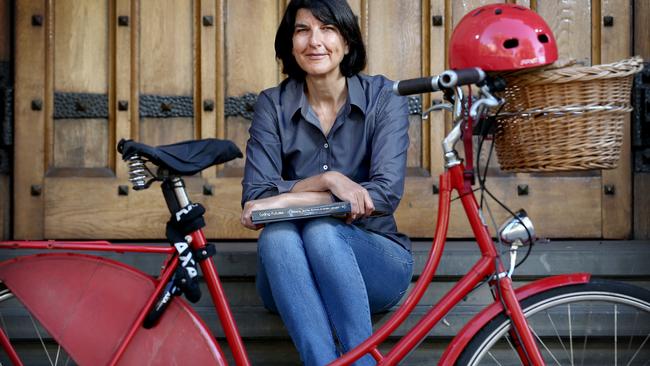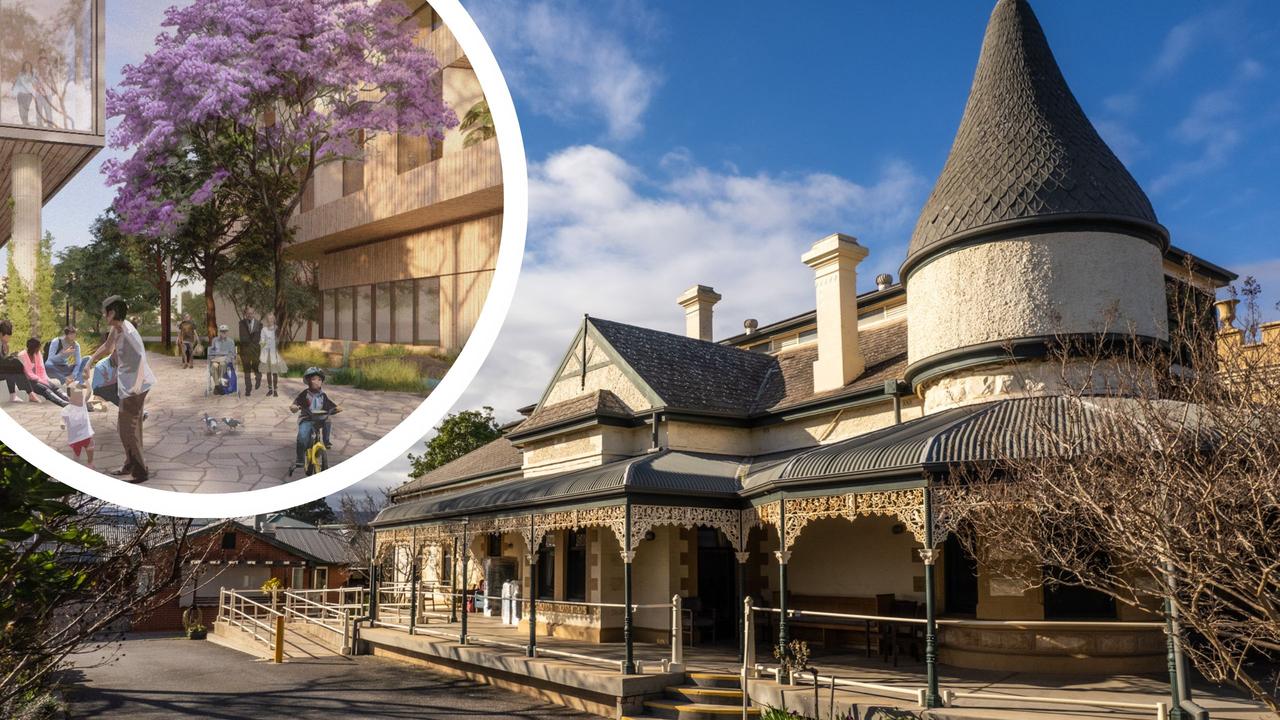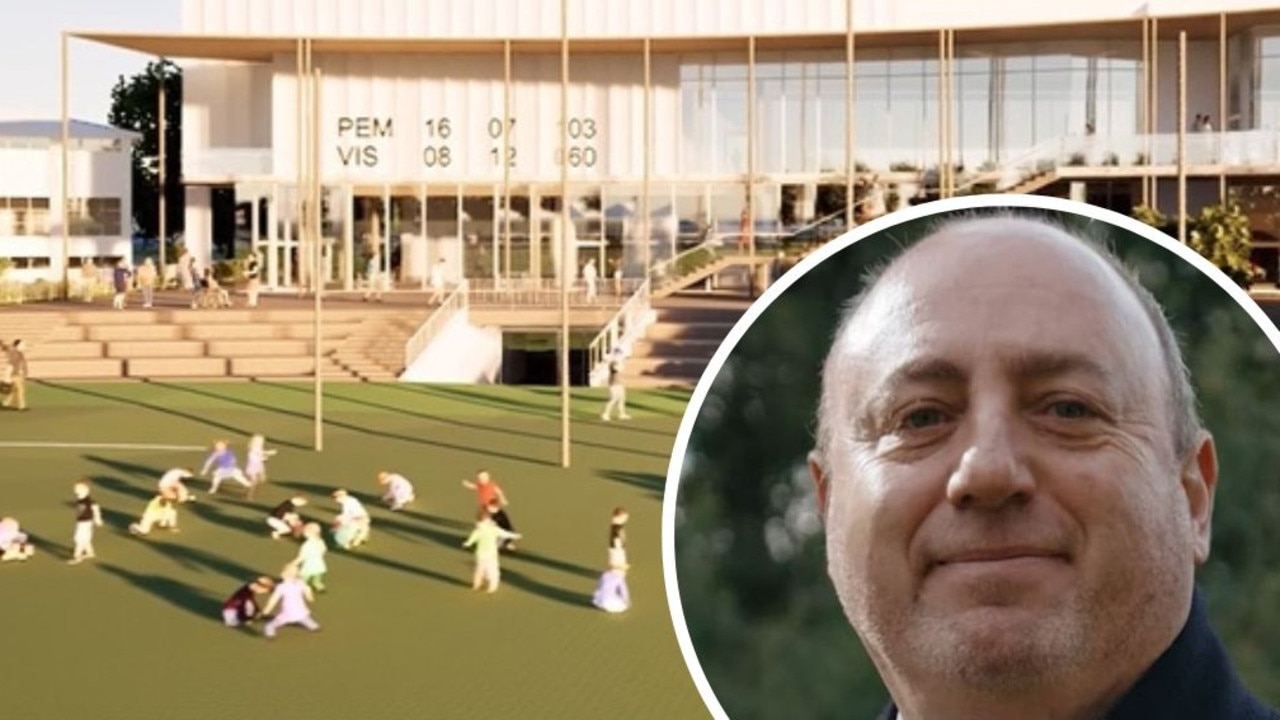Plan to slow traffic on Unley roads, make it more friendly for cyclists, pedestrians
SLOWING traffic near shopping precincts and creating new bike routes are part of a $1 million plan to make walking and cycling “more dominant” in Adelaide’s inner-south.

East, Inner Suburbs & Hills
Don't miss out on the headlines from East, Inner Suburbs & Hills. Followed categories will be added to My News.
- Another push to ban cyclists riding on some footpaths
- Call for bike speed limit on footpaths after pedestrian injuries
SLOWING traffic on main roads around shopping precincts and creating new bike routes are at the heart of a $1 million plan to make walking and cycling a “more dominant” travel option in Unley.
Unley Council has started consultation on a five-year strategy to boost the number of residents who walk and ride to work — which is already the highest of any district in SA.
The strategy, prepared by consultant InfraPlan, includes:
LOWERING speed limits to 40km/h around shopping precincts on Unley, Fullarton and Goodwood roads, as well as on Ferguson Ave, Myrtle Bank, and Leader St, Forestville;
BUILDING new bike lanes and shared paths, including a $660,000 route on Simpson Parade, Goodwood, and Culvert St, Parkside;
INVESTIGATING the creation of a new bike path along Glen Osmond creek, from Myrtle Bank to Greenhill Rd.
Unley Council has the highest proportion of people who walk or cycle to work of any district in SA, with more than 18 per cent of its residents — about 6000 people — commuting via “active transport”, according to ABS figures.
In a report, InfraPlan senior planner Gayle Buckby said the council had made a “considerable effort” to encourage walking and cycling — including introducing district-wide 40k/h limits on local streets in 1999 — but could do more to make them “more dominant modes of travel”.
Ms Buckby said slower traffic speeds on main roads and dedicated bike lanes and paths would make cyclists feel safer.
“It pays off to invest in urban cycling,” Ms Buckby said.
“It translates to less congestion, fewer sick days, longer life expectancy, less wear and tear on the roads and less pollution.”
RAA senior road safety manager Charles Mountain supported the “principle” of lower speed limits on sections of Unley, Goodwood and Fullarton roads.
Mr Mountain said one option could be “variable speed limits” — 50km/h at peak hour and 40km/h at all other times.
“You have to accept that these roads have different functions at different times of the day,” Mr Mountain said.
Unley Bike User Group chairman Terry Tysoe said creating continuous bike routes — rather than lowering traffic speeds — was the key to encouraging cycling.
“We tend to not get so hung up on (traffic speeds) — it is a piece of bitumen and we all have to share it,” Mr Tysoe said.
“In our view, the focus should be on continuity and connectivity with our cycling routes, like Porter and Rubgy St for example.”
Adelaide University academic Jennifer Bonham, who has studied cycling since 2004, said reducing speed limits to 30km/h on residential streets would help make Adelaide a more cyclist and pedestrian-friendly city.
Dr Bonham last month released Cycling Futures, a compilation of studies from 23 researchers about cycling in Australia and New Zealand.
“I think we have reached a point where 30km/h is reasonable,” Dr Bonham said. “When you talk about drivers saving just a few minutes of time with 40km/h and 50km/h, and then consider the increased risks (to cyclists and pedestrians) … I am not sure that we can justify it any more.”
Unley Council has included $200,000 in its 2016/17 draft budget for the plan.
The council’s acting chief executive, John Devine, said a timeline and priority for works would be determined when the plan was completed.
Consultation is open until May 17.


